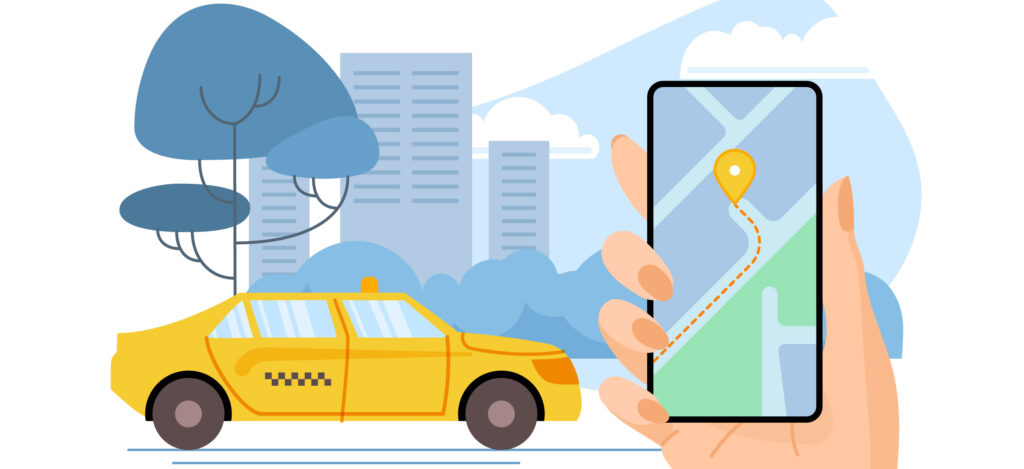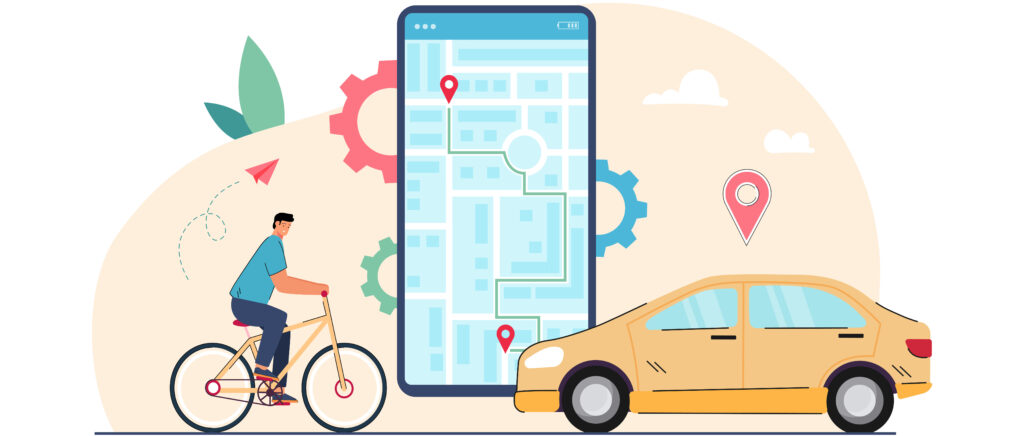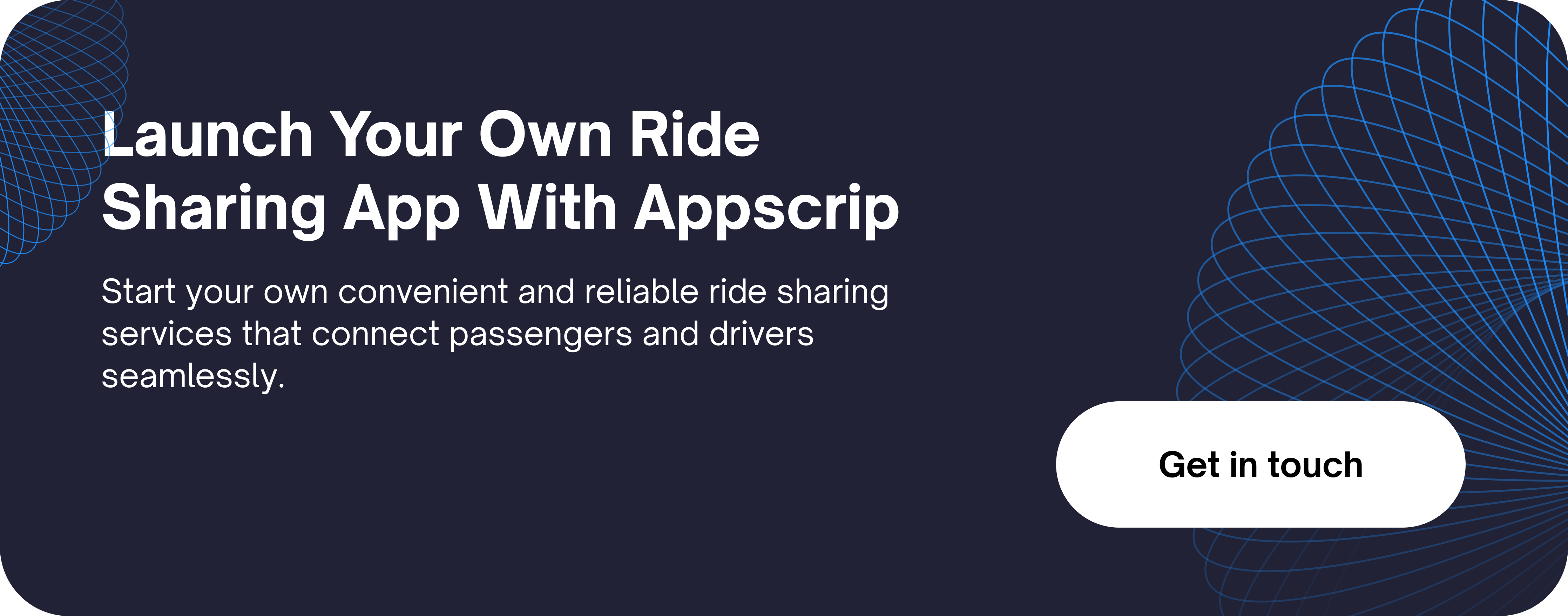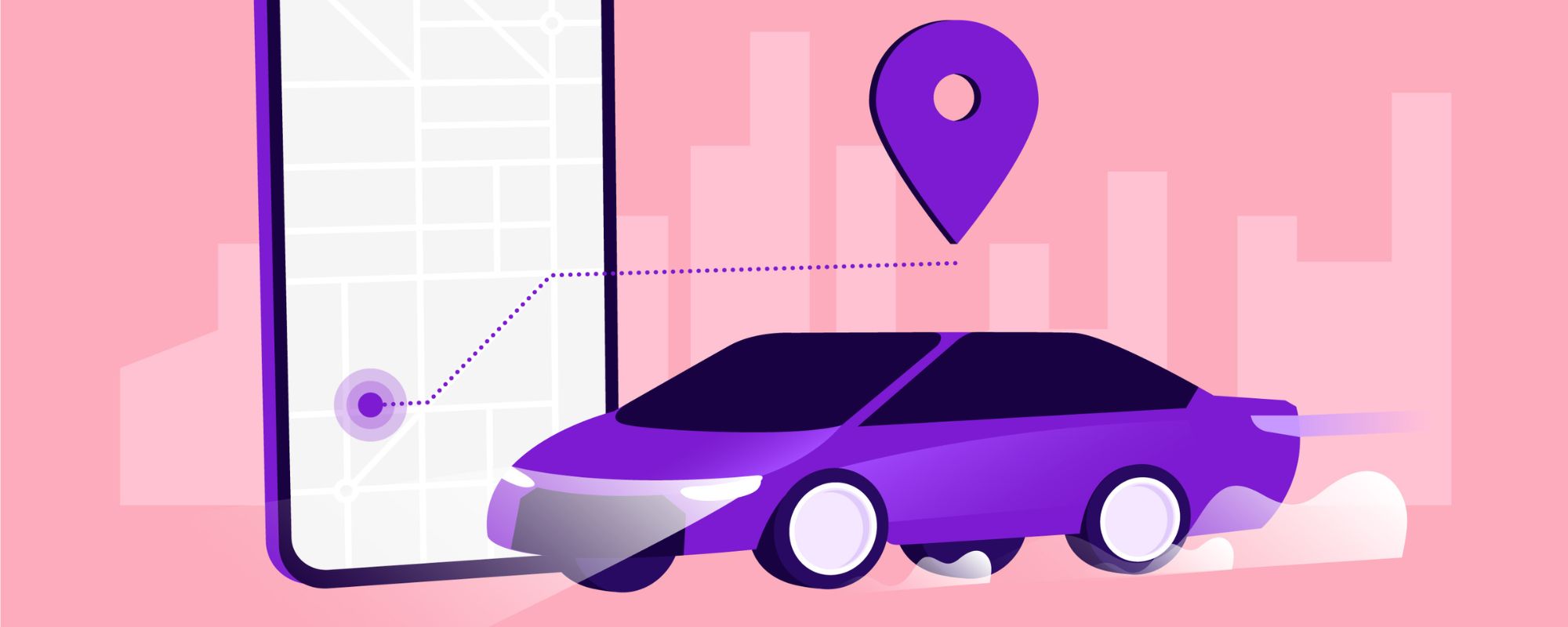Ride hailing services have revolutionised urban transportation, providing a convenient alternative to traditional taxi services. Several business models dominate the ride hailing landscape, each with unique operational frameworks and strategic advantages. The rapid evolution of ride hailing platforms have been driven by technological advancements and changing consumer preferences.
As the industry continues to grow, understanding the nuances of the ride hailing business model is crucial for stakeholders looking to navigate the competitive landscape effectively.
Components of Ride Hailing Business Model
The use of ride hailing services has grown ubiquitous in modern urban transportation. Companies like Uber, Lyft, and Bolt have transformed the traditional taxi industry by offering more convenient, flexible, and often more affordable options for passengers.
Pure Self-Management Model
In the pure self-management model, ride hailing platforms like Uber and Lyft act as intermediaries, connecting drivers with passengers through their platforms. These companies do not own the vehicles; instead, they leverage an extensive network of drivers who use their own cars. The primary role of the platform is to facilitate the ride-matching process, handle payments, and provide support services
Key Features:
- Platform as an Intermediary: Connects drivers and passengers.
- Driver-Owned Vehicles: Drivers use their own cars.
- Revenue Model: The platform takes a percentage of each fare.
Benefits:
- Scalability: Easy to expand to new markets without significant capital investment in vehicles.
- Flexibility: Drivers can work as much or as little as they want, providing a flexible income source.
Pure Aggregation Business Model
This model aggregates smaller ride hailing platforms without owning a fleet. The primary focus is on leveraging network effects to drive growth by connecting multiple smaller ride hailing operators under a single umbrella.
Key Features:
- Aggregation of Services: Combines multiple smaller platforms.
- No Fleet Ownership: The platform itself does not own vehicles.
Benefits:
- Cost Efficiency: Lower operational costs as the platform does not own or maintain vehicles.
- Wide Service Network: Can offer services in regions where smaller platforms operate, increasing market reach.
Self-Support + Aggregation Model
This hybrid model combines elements of both the self-management and aggregation models. Platforms operating under this model may own a fleet of vehicles while also aggregating services from smaller operators.
Key Features:
- Mixed Ownership: Owns some vehicles while also partnering with smaller operators.
- Flexible Service Offering: Can provide a wider range of services by combining different models.
Benefits:
- Operational Flexibility: Can adapt to market demands more effectively by leveraging both owned and aggregated resources.
- Enhanced Service Coverage: Broader geographical and service coverage.

Make Money From Ride Hailing Business Model
Ride hailing companies employ various monetisation strategies to generate revenue and ensure profitability. Below, we explore the primary methods these companies use to monetise their services.
Commission-Based Model
In this model, the ride hailing platform takes a percentage of the fare from each ride. The commission rate can range from 15% to 25%, depending on the platform and the market.
How It Works
- Driver Earnings: Drivers receive the fare minus the platform’s commission.
- Platform Revenue: The platform’s revenue is directly tied to the number of rides and the fare amount.
Dynamic Pricing (Surge Pricing)
Dynamic pricing, also known as surge pricing, adjusts fares based on real-time demand and supply conditions. During peak times, fares increase to balance demand and supply.
How It Works
- Algorithm-Based: Uses algorithms to increase prices during high-demand periods.
- Increased Revenue: Higher fares increase revenue per ride during peak times.
Subscription Models
Subscription models offer riders the option to pay a monthly or annual fee for benefits like discounted rides, priority access, or other perks.
How It Works
- Rider Subscriptions: Riders pay a recurring fee for benefits.
- Driver Subscriptions: Some platforms offer subscription plans to drivers for access to premium features or prioritised ride requests.
Advertising
Advertising is another revenue stream where platforms display ads within the app, on receipts, or even on the vehicles themselves.
How It Works
- In-App Ads: Display ads to riders and drivers within the app.
- Vehicle Ads: Use car wraps or in-car screens to display ads.
Corporate Partnerships and Enterprise Solutions
Ride hailing companies partner with businesses to provide transportation solutions for employees, clients, or events.
How It Works
- Corporate Accounts: Offer businesses customised ride solutions and bulk ride packages.
- Event Services: Partner with event organisers to provide transportation during events.
Delivery Services
Expanding beyond passenger transport, many ride hailing companies offer delivery services for food, parcels, and other goods.
How It Works
- Food Delivery: Partner with restaurants to deliver food to customers (e.g., Uber Eats).
- Parcel Delivery: Offer last-mile delivery services for e-commerce and other businesses.
Data Monetisation
Ride hailing companies can monetise vast amounts of data they collect by selling anonymized data to third parties or using it for market insights.
How It Works
- Data Sales: Sell aggregated and anonymised data to urban planners, advertisers, or other interested parties.
- Market Research: Use data for in-house market research or consultancy services.
Role of Technology In Ride Hailing Business Model
From connecting drivers and passengers to optimising operations and enhancing user experiences, technology plays a critical role in every aspect of ride hailing business model.
Mobile Applications: Mobile apps are the primary interface through which users interact with ride hailing services. They facilitate ride requests, driver-passenger communication, and payment processing.
GPS and Mapping Technology: GPS and mapping technologies are essential for route optimisation, real-time tracking, and location-based services.

Data Analytics and Machine Learning: Data analytics and machine learning are used to analyse vast amounts of data for insights that drive decision-making and improve service quality.
Payment Systems: Seamless payment systems are crucial for a smooth user experience, enabling cashless transactions and integrating various payment methods.
Artificial Intelligence (AI) and Automation: AI and automation are used to streamline operations, enhance customer service, and improve safety measures.
Cloud Computing: Cloud computing enables ride hailing companies to scale their operations, store vast amounts of data, and ensure reliable service delivery.
Internet of Things (IoT): IoT devices and sensors are used for vehicle tracking, maintenance, and monitoring driver behaviour.
Conclusion
Technology has fundamentally transformed the ride hailing business model, making it possible for companies to offer efficient, reliable, and user-friendly services. From mobile applications and GPS to data analytics and AI, these innovations have streamlined operations, enhanced customer experiences, and optimised revenue streams. As the industry continues to evolve, staying abreast with technological advancements will be key to maintaining a competitive edge.
For businesses looking to enter the ride hailing market or enhance their existing services, partnering with an experienced app development company is crucial. Appscrip offers comprehensive ride hailing app development solutions tailored to your business needs.
With a deep understanding of the industry and cutting-edge technology, Appscrip can help you build a robust and scalable platform that stands out in the competitive landscape.
Ready to transform your ride hailing vision into reality? Contact Appscrip today to learn more about our innovative app development solutions and take the first step towards revolutionising urban transportation.










Great to read.. Keep writing more and more.. All the best